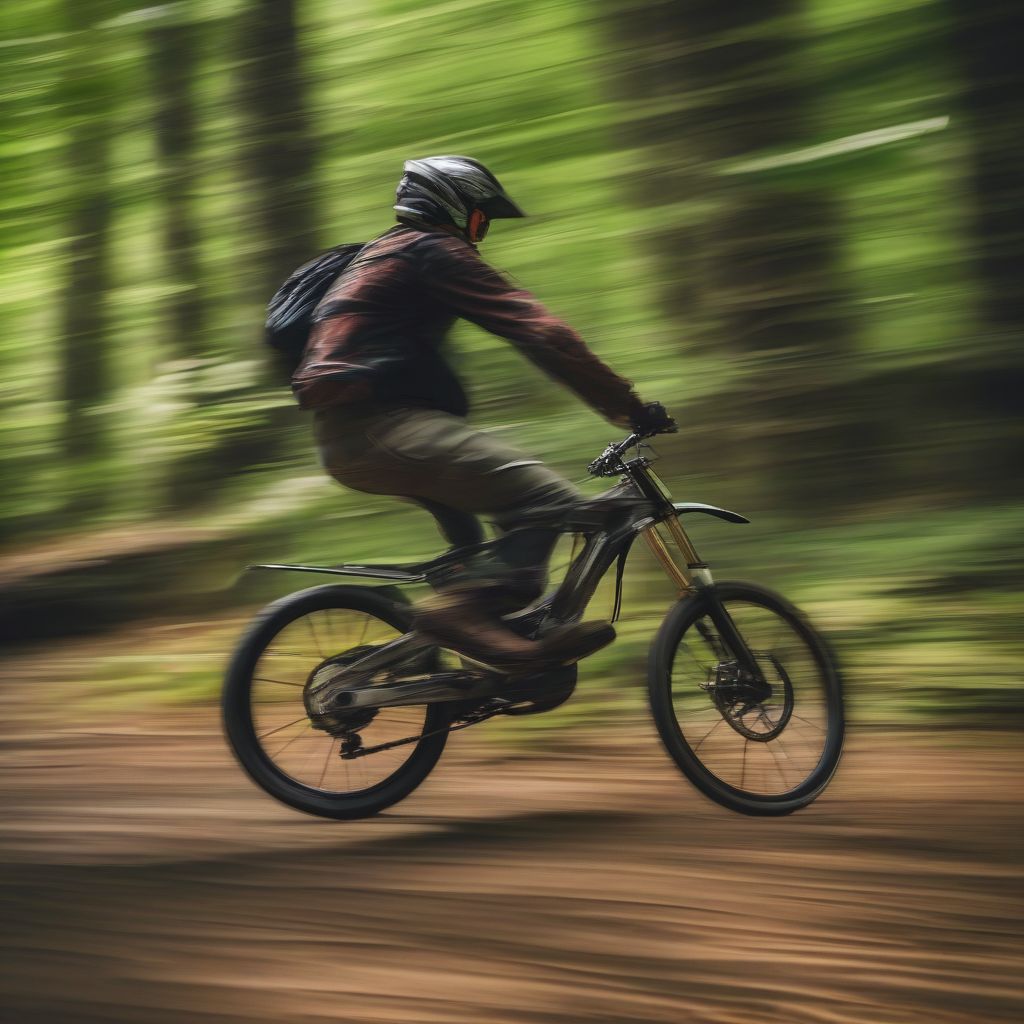“A camera is a tool for learning how to see without a camera.” – Dorothea Lange. This quote resonates deeply with the heart of creative photography. It’s about going beyond simply capturing what’s in front of you and delving into a world where you manipulate light, composition, and post-processing to transform your vision into art. This article is your guide to unlocking those advanced techniques and pushing your photographic boundaries.
Understanding the Foundation: Beyond the Basics
Before diving into the world of creative effects, a strong grasp of photography fundamentals is crucial. This includes:
- Exposure Triangle Mastery: Understanding the interplay of aperture, shutter speed, and ISO forms the bedrock of controlling light and creating desired effects.
- Composition as Your Guide: Mastering composition rules like the rule of thirds, leading lines, and negative space provides a framework for impactful imagery.
- Light: Your Artistic Palette: Knowing how to see and utilize natural and artificial light is key to shaping mood and highlighting your subject.
Exploring Creative Effects: Where Magic Meets Technique
1. Painting with Light: Long Exposure Techniques
Long exposure photography opens up a world of creative possibilities, transforming ordinary scenes into ethereal masterpieces.
- Capturing Movement: From silky smooth waterfalls to light trails of moving cars, long exposures blur motion, creating a sense of dynamism.
- Tools of the Trade: A sturdy tripod is essential for sharp images. Neutral density (ND) filters help achieve longer exposures even in daylight.
- Experimenting with Time: Play with different shutter speeds to achieve varying degrees of blur and creative effects.
2. The Art of Intentional Blur: Motion Blur Techniques
Unlike the dreamy effect of long exposures, motion blur emphasizes movement within a still image, adding drama and energy.
- Panning Perfection: Moving your camera with a moving subject during exposure, keeping the subject relatively sharp while blurring the background.
- Zooming into Creativity: Adjusting your zoom lens during exposure results in a dynamic burst of motion from the center outwards.
 Motion Blur Photography
Motion Blur Photography
3. A World Within a World: Reflections and Refractions
Reflecting surfaces like water, glass, and mirrors offer opportunities to add layers of depth and intrigue to your compositions.
- Natural Mirrors: Utilize puddles, lakes, or even raindrops to capture mirrored images, creating captivating symmetries or abstract compositions.
- Playing with Perspectives: Experiment with angles and perspectives to create unique compositions using reflections and refractions.
4. The Power of Perspective: Forced Perspective Photography
This playful technique manipulates our perception of depth and size within an image.
- Creating Illusions: By strategically positioning subjects within the frame, you can make objects appear larger, smaller, or interacting in impossible ways.
- Adding a Touch of Whimsy: Forced perspective is a great tool for adding a touch of humor and surrealism to your photos.
5. Beyond Reality: Abstract Photography
Abstract photography is about capturing the essence of a subject through form, color, light, and texture rather than a literal representation.
- Finding the Abstract: Look for patterns, textures, and interesting light within everyday scenes.
- Embracing Minimalism: Often, less is more in abstract photography. Focus on a single element or a few key design elements.
6. Light as Your Brush: Light Painting Photography
This technique involves using a handheld light source to “paint” streaks or patterns of light onto a scene during a long exposure.
- Darkness as Your Canvas: Light painting is best done in low-light conditions, with the camera mounted on a tripod.
- Unleash Your Creativity: Experiment with different light sources, colors, and movements to create unique and mesmerizing light trails.
7. The Magic of Post-Processing: Enhancing Creative Effects
Post-processing software like Adobe Photoshop and Lightroom plays a vital role in refining and enhancing your creative effects.
- Subtle Enhancements: Use tools like curves and levels to fine-tune contrast and tones, enhancing the mood and impact of your images.
- Selective Editing: Employ techniques like dodging and burning to selectively lighten or darken specific areas of your image, guiding the viewer’s eye.
Conclusion: The Journey of a Creative Photographer
Mastering creative effects in photography is an ongoing journey of exploration and experimentation. Embrace the fundamentals, master the techniques, and don’t be afraid to push boundaries. Remember, the most important ingredient in any photograph is your unique vision. So go out there, experiment, and see the world through a new lens – your own!
What are your favorite creative photography techniques? Share your thoughts and experiences in the comments below!


